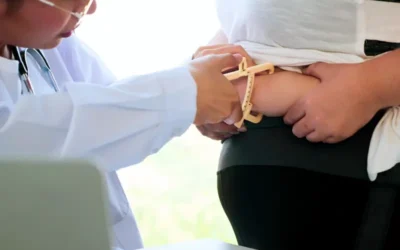Cardiac transplantation or heart transplantation is recommended as a treatment for people having severe heart failure and severe symptoms despite providing maximum medical therapy. Heart transplants are costly as well as risky. If you want to receive maximum reimbursement for this procedure in a timely manner from an insurance company, you must prove that your patient is eligible for the heart transplant procedure. Insurance eligibility verification is very important in this regard. Even though heart transplants are covered by insurance plans in most cases, coverage policies may be different. You must verify the patient’s coverage policy as early as possible to find out what type of coverage it provides.
Heart transplants are typically excluded if the insured patient is aged more than 65 years, overweight and may have been following an unhealthy lifestyle. In these cases, the insurers may deny your claims and refuse to make payments.
- Eligibility verification process will help you understand the medical necessity requirements (for example, accepted indication for transplantation such as severe ischemia consistently limiting routine activity not amenable to bypass surgery or Angioplasty) of each policy for transplant procedure and check whether those requirements are met.
- It is better to co-ordinate both primary and secondary health insurance (if it exists) to get as much coverage.
There are certain other costs related to heart transplants that health insurance plans do not cover, which may include the following:
- Costs for anti-rejection medication taken to ensure whether the new heart is accepted by the patient’s body
- Testing costs
- Outpatient medications while the patient is recovering
- Home care
- Visits to psychiatrists
These are also identified during the eligibility verification process. Let’s consider the coverage policies of private insurance plans and Medicare and their verification process.
Private Insurance
In this case, the patient or patient’s family may have health insurance coverage through an employer or a personal policy. You should contact the insurer and check how much of your costs will be covered by the insurance plans. The other information to be checked:
- Whether your transplant center is in-network with the insurance company
- Whether the plan provides any out-of-network benefit, if your center is out-of-network
- Details about deductibles and co-payments
- Whether the plan requires prior authorization
- Whether there are any pre-existing-condition requirements
Many insurance plans set a total amount of money that they will pay in your patient’s lifetime and it is referred to as ‘cap.’ The insurance companies won’t pay for additional benefits beyond the cap amount. The verification process will help you to identify the cap amount and keep track of it.
Medicare
Medicare Part A (Hospital Insurance) covers heart transplants under certain conditions at Medicare-certified facilities. The transplant coverage includes the following:
- Necessary tests, labs, and exams before surgery
- Transplant drugs or immunosuppressive drugs (under certain conditions)
- Follow-up care
- Procurement of organs
During the eligibility verification, you should check with the conditions specified in the coverage and ensure that your patient is eligible for these provisions.
Documentation and Coding
Once you ensure the eligibility requirements, you must document all the necessary details to prove patient’s eligibility while submitting the claims. For example, the insurance company may request medical records to determine medical necessity and in that case you have to provide all specific information required. You should also use the most appropriate codes as specified by the plan during the cardiology medical coding process. Some of the applicable CPT and HCPCS codes are as follows:
- 33940: Donor cardiectomy, (including cold preservation)
- 33944: Backbench standard preparation of cadaver donor heart allograft prior to transplantation, including dissection of allograft from surrounding soft tissues to prepare aorta, superior vena cava, inferior vena cava, pulmonary artery, and left atrium for implantation
- 33945: Heart transplant, with or without recipient cardiectomy
- S2152: Solid organ(s), complete or segmental, single organ or combination of organs; deceased or living donor (s), procurement, transplantation, and related complications; including: drugs; supplies; hospitalization with outpatient follow-up; medical/surgical, diagnostic, emergency, and rehabilitative services, and the number of days of pre- and post-transplant care in the global definition
The procedure codes should be linked to accurate, payable ICD-10 diagnosis codes. In short, thorough insurance eligibility evaluation, complete documentation and appropriate coding are vital to make your revenue cycle Management process effective and increase your cash flow.




